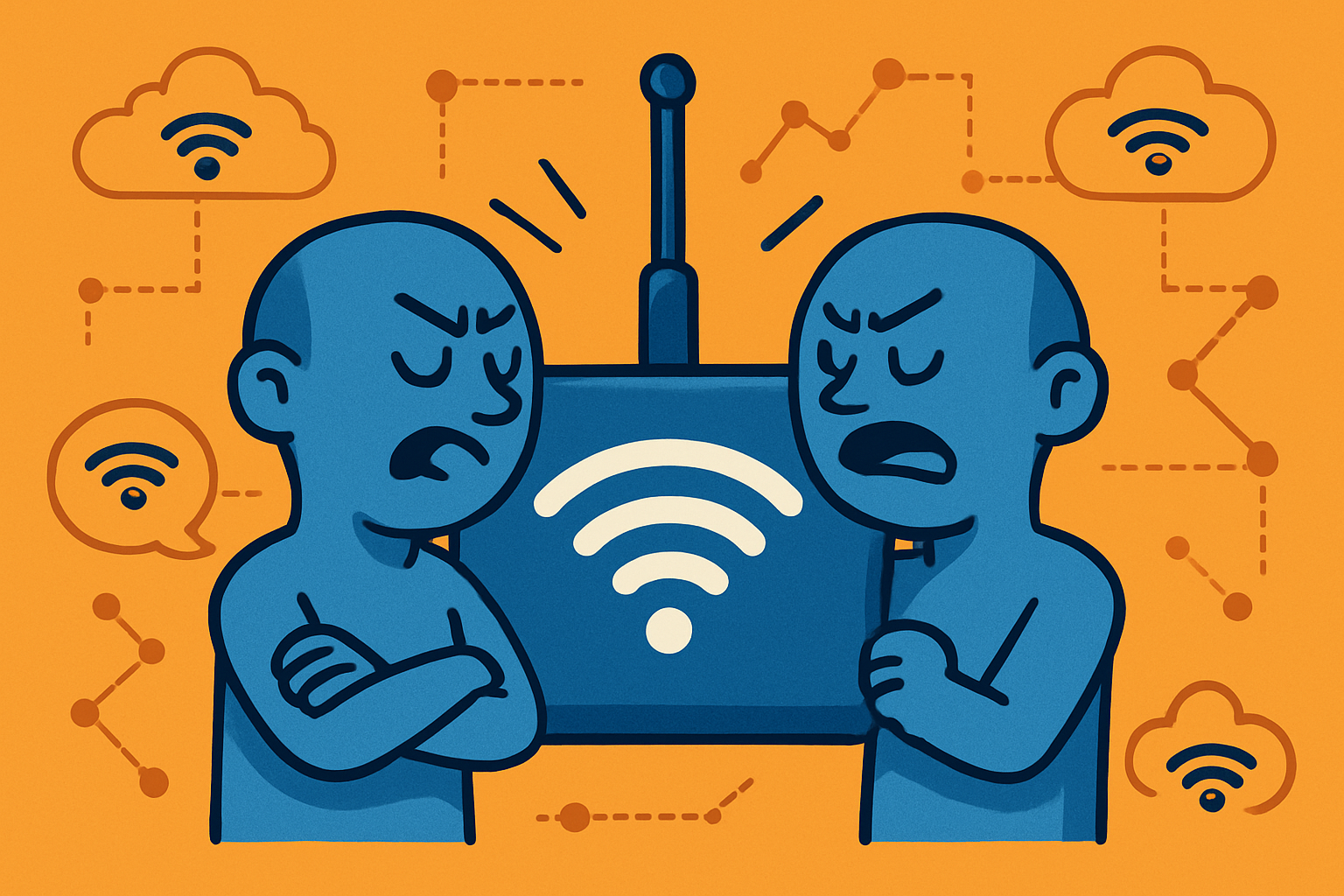
Think of a busy airport like a giant group chat: lots of people, many links, and constant messages. Parra et al. explain that systems like this are “complex” because they’re made of many simple parts that interact all the time—no single boss controls everything, but patterns still appear, a bit like ant colonies working together without a leader. That’s why a few airports seem “popular” hubs with tons of connections, while others are quieter. In a single-layer view of the European air network, some airports have over 100 direct links, so if one of those big hubs fails, the whole trip can fall apart.
Here’s the twist: life isn’t just one layer, and neither are airline routes. You might fly the same city pair with different airlines. A “multilayer” view treats each airline as its own layer. That matters because a problem in one layer (say, Airline A cancels) doesn’t kill the route if Airline B still flies it. Parra et al. show that in this multilayer setup, each layer has fewer connections than the all-in-one map, but that’s actually good for resilience—you can still switch layers to keep moving. In their example, one airline layer had 42 airports and 53 flights (20 of which were also flown by other airlines), and another had 44 airports and 55 flights (25 of which overlapped). Translation: backup options exist.
Now imagine your flight gets canceled. What happens next isn’t just luck—it can be modeled as a simple two-round “offer–counteroffer” chat between a passenger agent and an airline agent. Round one: you propose a fix; the airline accepts or rejects. Round two: the airline counters; you accept or reject. If no one agrees, you end up with a refund (the “conflict deal”). In their tests, many simulated passengers chose “fly tomorrow” over fighting it out, because it avoids the conflict outcome. In one airline layer, the average was about 27, choosing “tomorrow,” and 16 ending in conflict; in another, “tomorrow” averaged 27.6, and conflict 17.4. That sounds familiar: when travel gets messy, the practical win is often a simple reschedule.
So what’s useful for your day-to-day? First, know that big hubs really do matter—more links mean more ways through the system, but also bigger headaches if they go down. Second, check alternatives by airline, not just route; another “layer” might save your trip. Third, when a cancellation occurs, a quick and reasonable counteroffer (such as accepting next-day travel) can often work out better than digging in, because the other side is using a similar playbook and the clock is ticking. Parra et al. even note this approach can be extended to delays and connections later on, which is basically everything you care about when traveling. Understanding the network—and how simple negotiations unfold—helps you stay calm, select smart options quickly, and keep your plans on track.
Reference:
Parra, J., Gaxiola, C., & Castañón-Puga, M. (2018). Multi-layered Network Modeled with MAS and Network Theory. In Computer Science and Engineering Theory and Applications, Studies in Systems, Decision and Control (1st ed.). Springer. https://doi.org/10.1007/978-3-319-74060-7_6
Privacy Notice & Disclaimer:
This blog provides simplified educational science content, created with the assistance of both humans and AI. It may omit technical details, is provided “as is,” and does not collect personal data beyond basic anonymous analytics. For full details, please see our Privacy Notice and Disclaimer. Read About This Blog & Attribution Note for AI-Generated Content to know more about this blog project.



